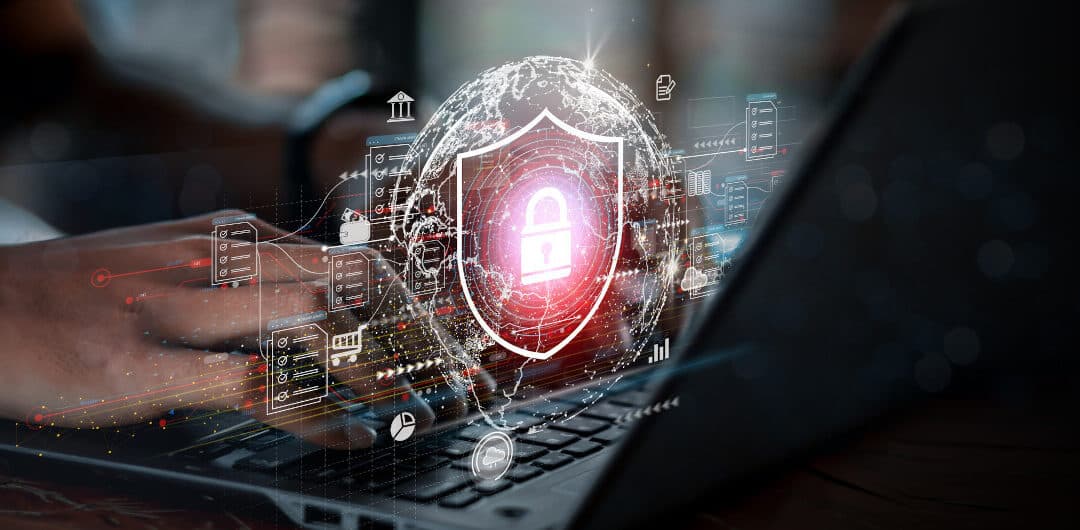As we’re actively in the throes of COVID-19, it’s understandable that workers and employees are uneasy about their safety and security on the job.
Here are 10 steps employers need to take to keep your workplace safe in the face of a public health emergency.
1. Educate Employees about the Situation at Hand
If your workplace becomes affected by a health emergency, employees will likely become curious or nervous and rumors will spread quickly. Squash any gossip and ensure that your employees are informed and prepared by providing them with information regarding:
- Safety
- Laws and legal protection
- Health and hygiene guidelines
- Tips and recommendations
- Important phone numbers or contact information
Keeping your team in the know will keep their nerves at bay, while also helping you to get your workplace in order.
2. Assign an Emergency Management Team
Before disaster strikes, you need to make sure you have a team of people who are trained in the event of an emergency. These people should understand the roles they’ve been assigned, when to execute their training, and how to mitigate panic and chaos in the heat of the moment.
In the current climate surrounding COVID-19, your emergency management team should be capable of addressing any concerns about:
- Paid time off/family leave
- Quarantine requirements
- Telecommuting policies
- Risk management
- State laws/disability insurance information
Your company’s emergency plan could be someone’s lifeline if disaster strikes, so it goes without saying that this is important for any business to have. This global health crisis is a scary time for many employees, so it’s imperative that you have a knowledgeable and prepared emergency response team at all times.
3. Post Reminders Around the Office
When it comes to crowd control and group leadership, repetition and consistency are key for success. Publishing important information around the office will help employees remember key notes and best practices like proper hand-washing and sanitation techniques.
For best results, put posters and signs where they will be seen frequently throughout the day. It’s also helpful to display information wherever it will be used. Place hand-washing guidelines in the bathroom, and food safety tips in the kitchen and break room.
Even remote employees can benefit from this information, so consider setting the memo as everyone’s desktop image or screensaver. If you have the time and means, consider printing the information on a branded mouse pad or coffee mug to use in the workplace.
By having constant access to key information, your employees will never be unsure of what to do if they come across dangerous situations like:
- Coming into contact with a sick person
- Properly handling food, personal items, or communal resources
- Correct hygiene methods
- How to identify warning signs or symptoms
- Who to call in case of emergency
Reminding your employees often about health and safety recommendations will decrease their chances of exposure and, consequently, distribution of the illness through the rest of the office.
4. Monitor Employees Closely, and Know What to Look For
As the employer, you’re responsible for everyone in your office. But, in the event of a public health crisis, anyone who walks through the doors of your business could put your staff in harm’s way. When it comes to communicable diseases, this could even include your own workers.
Keep a close eye on your staff during a health emergency, and understand the symptoms or appearance of someone with the illness. This will allow you to get an idea of whether or not an employee should be sent home or is fine to continue working.
The recognize an employee’s symptoms, the better your chances will be of preventing the spread of infection.
5. Encourage Sick Employees to Stay Home
This one should go without saying, but one of the most important parts of any public health plan is reducing community exposure to the contagion. If employees are sick, they should be informed and assured that it’s best to stay home and rest.
Allowing a sick employee to come to the office not only puts that individual at risk, but it could endanger the rest of the office. All it takes is one wrong move to infect yourself or someone else.
Keeping sick employees out of the office reduces everyone’s chances of contracting the illness, reinforcing a healthy and safe workplace environment.
6. Reduce or Eliminate Company Travel
As we’ve seen with the numerous travel bans put into place by countries around the world, travel is one of the quickest ways to aggravate a pandemic. Limiting business travel as much as possible will help you reduce your staff’s chances of exposure exponentially.
Spending time in close quarters with other people is the last thing you want employees to do during a public health emergency. Try to move meetings to video chats, and coordinate amongst timezones to find a slot that works for everyone.
Thankfully, modern technology makes it easy for team members to keep in touch no matter how many miles are between them.
7. Facilitate Telecommuting
Companies have already taken a hit from the economic ramifications of Coronavirus, many of which have been forced to reduce staff to comply with social distancing regulations. Telecommuting is a simple solution that will keep your workers in production and out of the office. Fortunately, with tools like Veriato’s remote employee monitoring software, and insider threat protection, you can keep your staff on track and your data safe.
Since the primary threat of contracting infectious diseases starts with interpersonal contact, you’ll want to limit face-to-face interactions as much as possible.
8. Stay Up-to-Date on Legal News
With a public health disaster of this magnitude, governments are being compelled to respond in various ways. It’s important to make sure that your company and employees are always within compliance of state and federal laws regarding emergency situations.
Many states across the U.S. have already passed Shelter in Place regulations, limiting who can still go to work at all. To prevent your business from landing in hot water, make sure you aren’t breaking any laws with regard to capacity limits, staffing requirements, or health standards.
9. Screen or Limit Visitors
Who you allow into your lobby can also affect your emergency preparedness plan. The truth is, in the wake of a health crisis, anyone and everyone could be at risk. While many people can contract illnesses without showing symptoms, screening visitors for common signs can reduce your chances of letting the disease get through the threshold.
Reducing the amount of visitors that come through your office can also decrease your chances of falling ill.
10. Enforce Quarantine Policies
Regardless of your industry, audience, or type of business, you must comply with the standards health officials and government authorities put into place.
In the case of COVID-19, quarantine procedures are being mandated on state, local, and individual levels. By ignoring these regulations, you could be exposing your employees as well as anyone they may come in contact with.
To maximize your team’s ability to avoid exposure and remain protected during a public health emergency, it’s crucial to develop and implement a safe workplace plan. Use these steps to create your own and keep your workplace safe and secure.

Insider Risk – How Prepared Are You?
Not every company is equally prepared to deal with insider risk. This report outlines the four stages of insider risk maturity and explores how to improve your insider risk preparedness.







